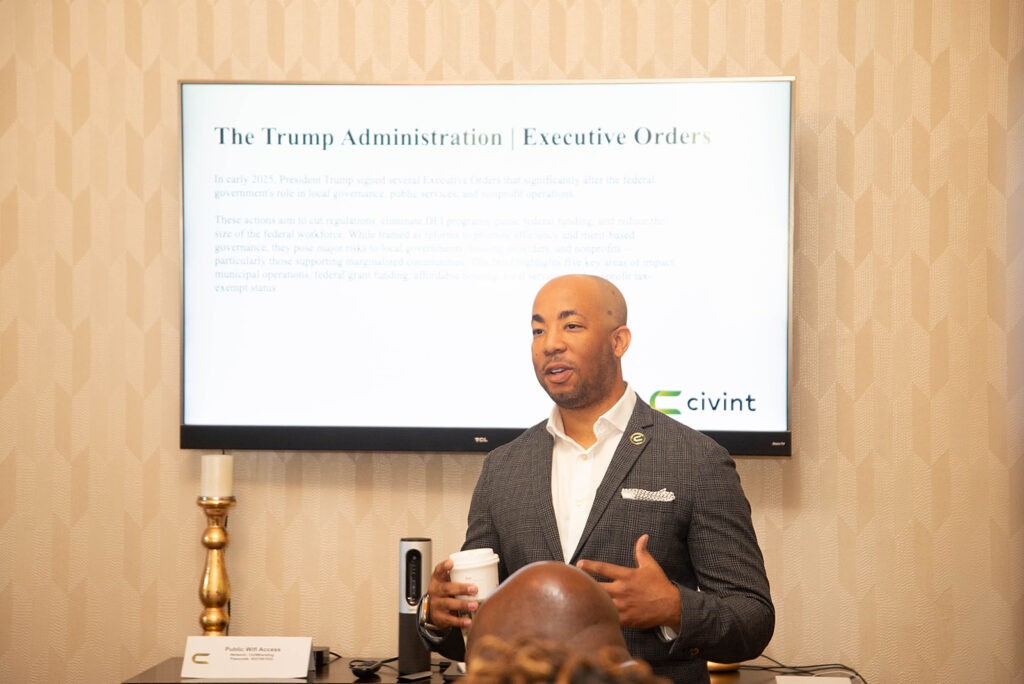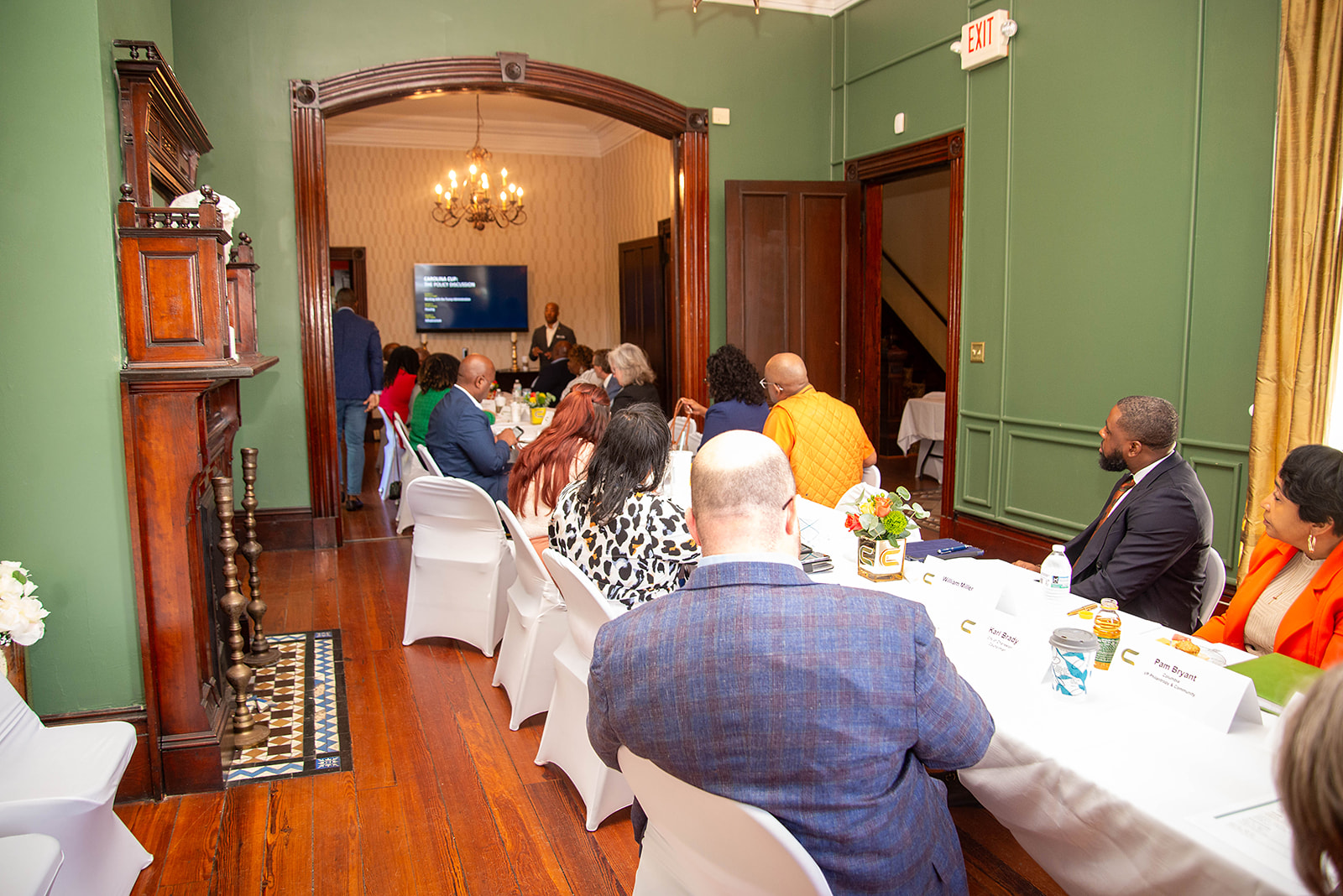Public and private sector leaders from South Carolina, North Carolina, and Georgia gathered in Columbia recently to examine the growing pressures local governments face amid shifting federal priorities and economic uncertainty.
In conjunction with the 2025 Carolina Cup, Civint hosted a wide-ranging policy conversation to engage local elected and staff officials, nonprofit and business leaders, and public policy experts to provide perspective and insight about the rapidly changing landscape.
Sam Johnson, Civint’s CEO, kicked off the day with a candid conversation about the impact of recent executive orders affecting federal funding streams, particularly for housing, infrastructure, and community development programs.

Attendees raised concerns about grant freezes, the dismantling of DEI-linked programs, and ambiguous regulatory guidance that leave local governments struggling to maintain services.
The conversation then shifted toward housing challenges. The Banyan Foundation’s Rob Coats highlighted strategies for navigating complex funding environments, including tax credit programs, HUD financing, and public-private partnerships. Discussions around the urgent need for workforce housing and the potential of Choice Neighborhood Initiative grants underscored the importance of creative, collaborative models for community revitalization.
Infrastructure was another central theme. The Association for the Improvement of American Infrastructure (AIAI) presented a forward-looking analysis of how cities can position themselves for success in a post-IIJA/IRA environment. With Congress poised to cut up to $1.5 trillion in non-defense spending over the next decade, the AIAI presenters encouraged municipal leaders to prioritize projects with national relevance, build bipartisan narratives, and leverage partnerships to access shrinking pools of federal dollars.
Ultimately, the session was both a reality check and a strategy forum highlighting not only the challenges facing local governments but also the power of collaboration and front lines advocacy in navigating uncertain times. The presentations encouraged lots of important conversation among the two dozen officials gathered in the room.




